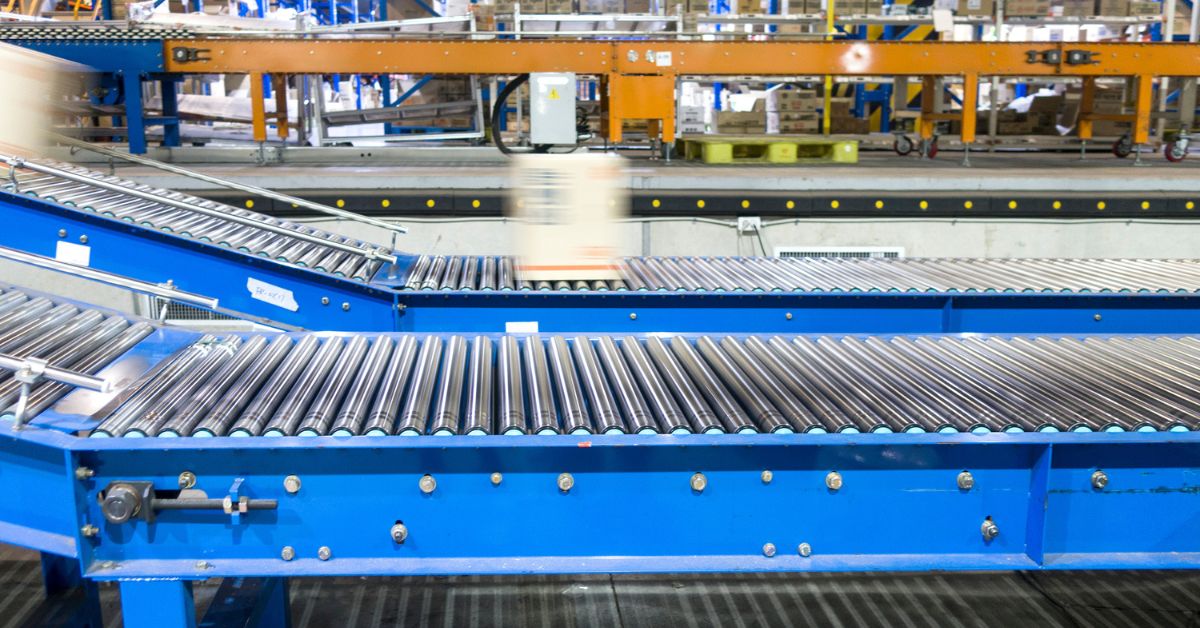
Conveyor systems are integral parts of many industrial operations, facilitating the efficient movement of materials across production lines. However, they also pose risks and hazards that can lead to accidents and injuries. Understanding the basic safety principles when working with conveyor systems is crucial for a safe and productive work environment.
Let’s look at the safety basics for working with conveyor systems and how you can create a culture of safety within your workplace.
Understanding Conveyor Systems
Everyone working with conveyor systems should have a basic understanding of conveyor systems and their components. A conveyor system consists of various parts, such as belts, rollers, motors, and controls, that work together to move materials from one point to another.
The different types of conveyors include belt conveyors, roller conveyors, screw conveyors, and chain conveyors. Each type operates differently but shares similar safety considerations.
Conducting Risk Assessments
A risk assessment involves identifying potential hazards and evaluating the level of risk associated with each hazard. Common hazards when working with conveyor systems include pinch points, entanglement, and falling objects. Risk assessment should also include the potential risks from the materials being transported, such as sharp edges or chemicals.
After identifying hazards, you can establish safety measures to minimize or eliminate risks. Protocols may include installing guards or providing personal protective equipment (PPE).
Proper Training and Education
Training your employees is crucial for maintaining safety around conveyor systems. Employees should receive training on operating and maintaining the conveyor system in their facility. They should also understand potential hazards and how to mitigate them.
It’s also important for employees to be educated on emergency procedures and how to respond in the event of an accident or malfunction. Regular refresher training can keep workers up-to-date on safety protocols.
Ensuring Equipment Maintenance
Regular maintenance is essential for keeping conveyor systems in good working condition. Maintenance can include routine inspections, cleaning, and repairing or replacing damaged parts.
Qualified personnel must review and approve any changes to the conveyor system, as they can affect its safety.
Promoting a Culture of Safety
Creating a culture of safety within the workplace is crucial when working with conveyor systems. This step involves open communication between management and employees about safety concerns, regular safety meetings, and encouraging employees to report safety issues or near-misses.
Management should lead by example and prioritize safety in all operations. This step can include regularly reviewing and updating safety policies, providing necessary resources for maintaining a safe workplace, and recognizing and rewarding employees who adhere to safety protocols.
Working with conveyor systems may present potential hazards. Still, your team can minimize or prevent the risk of accidents. By implementing these safety basics, you can ensure the well-being of your employees while promoting a productive and efficient workplace. Remember: safety should always come first when working with conveyor systems.
If you need incline conveyors, Redline Systems is the place to get them. We have a wide variety of conveyors that are built tough and designed to meet your needs.



